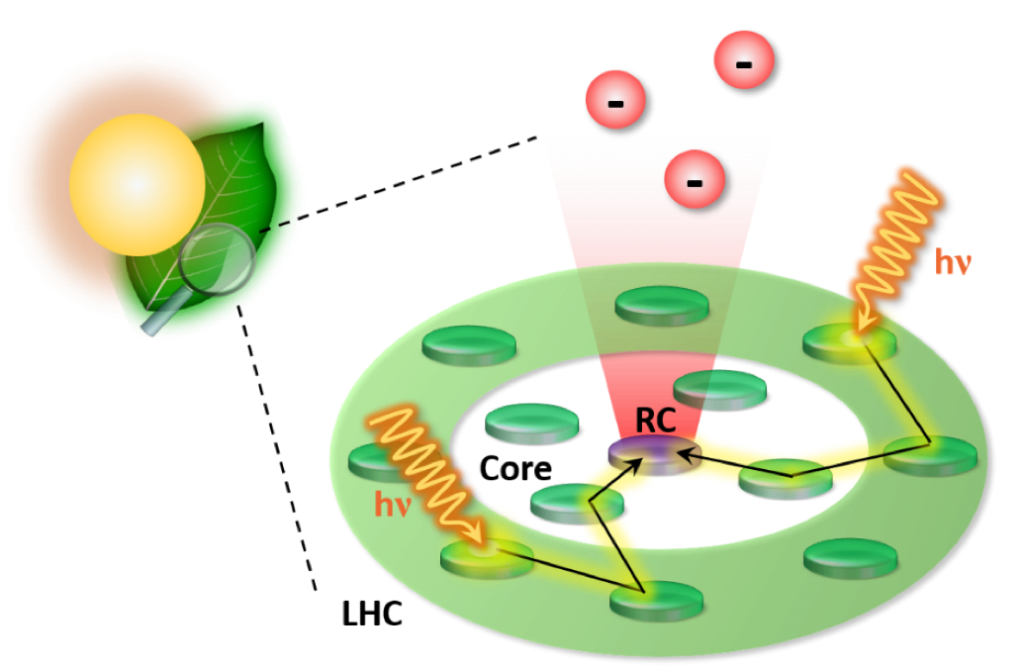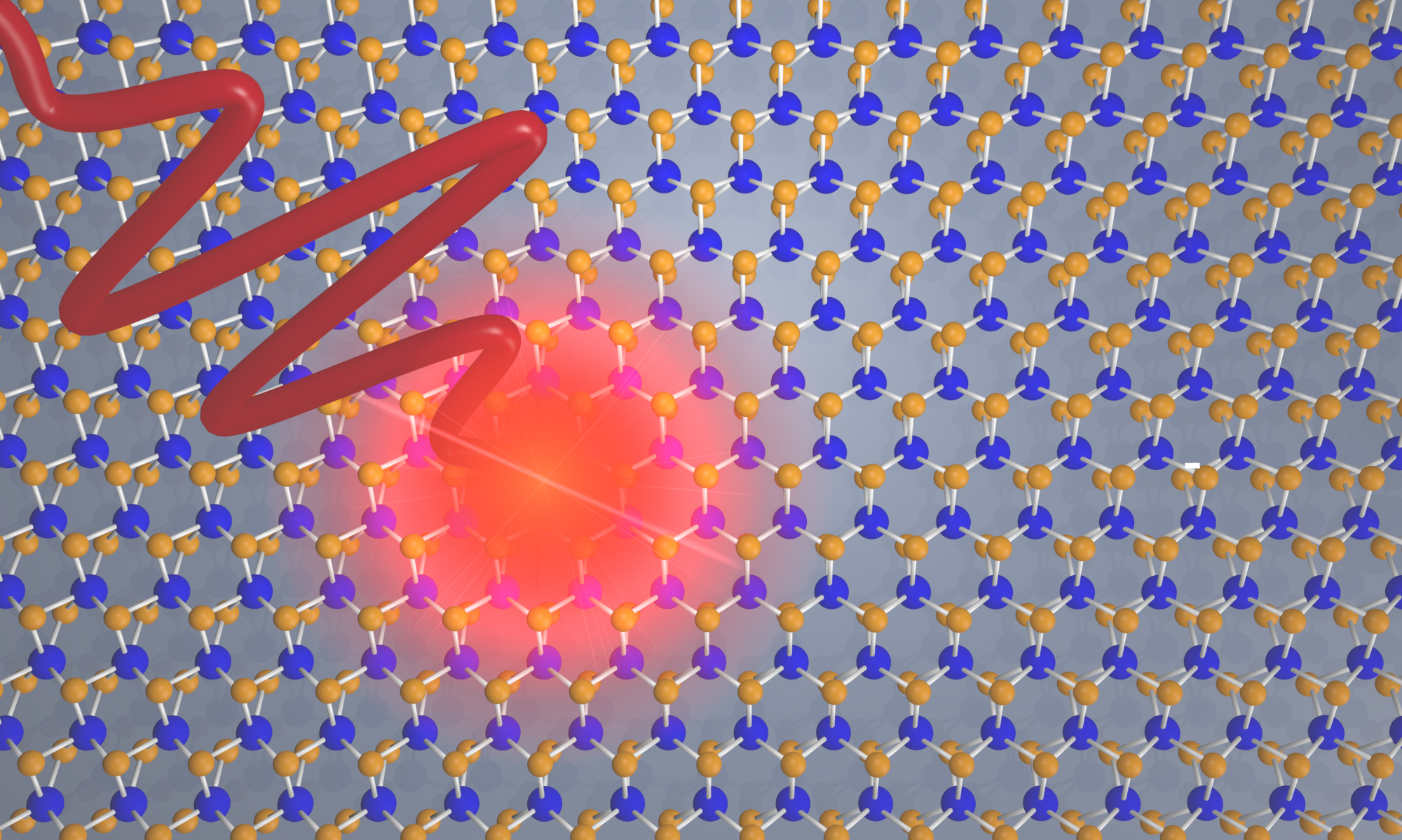Study of the energy and charge transfer processes in natural and artificial light harvesting complexes
Photosynthesis is a natural process in which the solar energy is efficiently converted into chemical energy to produce Glucose and Oxygen. Such a chemical process take place in different organisms as land plants, green algae and some bacteria. The energy conversion mechanism is performed by photosynthetic light harvesting complexes in which the organization of the molecules varying based on the organism in which this system is located. In general, these photosystems are composed by pigment-protein complexes that absorb and transfer the solar energy towards another complex called Reaction Center (RC) in which charge separation and photochemical reaction occurs. The pigments involved in these mechanisms are carotenoids and different kind of Chlorophylls that play different roles during the photosynthesis process. The peripheral part of the photosystem is called Light Harvesting complex (LHC) and it serves as an antenna to capture the solar energy. The RC is located in the central part called “Core” and it is surrounded by pigment-protein complexes. The energy transfer process from the antenna to the RC is very efficient and occurs in femtoseconds (fs)/ picoseconds (ps) time scale. A parameter to evaluate the performance of the photosystem is the quantum conversion efficiency which is the ration between the number of created charges and the number of the absorbed photons. The largest part of these systems shows an efficiency >90%; in particular, in land plants, the highest result is obtained by Photosystem I (PSI) combined with the external light harvesting part (LHCI) [1].

Our research on photosynthesis is extended also on Artificial light harvesting systems whose structure and functionality are inspired from natural photosystems architecture. Specifically, our studies focus on charge formation and charge transfer processes to evaluate and compare the performances with respect the natural systems.
Experimental works are focused on:
– Temporally and spectrally characterization of the energy transfer pathways between pigment-protein complexes in natural photosystems as land plants and cyanobacteria to evaluate their quantum conversion efficiency and light harvesting capacity. This process can be study at room temperature and low temperature (77K). The candidate will use the two-dimensional electronic spectroscopy set-up realized in “Stratus” to combine high temporal and spectral resolution [2].
– Effects of different kind of Chlorophylls based on their absorption spectral region and their spatial location in the photosystem. The candidate will use the transient absorption spectroscopy set-up realized in “Stratus” called Stratus Long to probe visible and NIR spectral region [3].
– Study the role of the carotenoids: Light harvesting, energy transfer, structure stabilization, dissipation of excess energy and photoprotection from oxygen. The candidate will use the transient absorption spectroscopy set-up realized in “Stratus” and in “Clark” to evaluate the mechanisms that take place in few fs time scale (Clark short) or in few ps time scale (Stratus Long)
– Charge transfer process in artificial photosystems. The candidate will use the transient absorption spectroscopy set-up realized in “Stratus” called Stratus Long by probing the photosystem with ultrabroadband laser pulse.
Bibliography
[1] E. Molotokaite et al., J. Phys. Chem. B, 121, 9816–9830 (2017).
[2] J. Réhault et al., Rev. Sci. Instrum, 85, 123107 (2014).
[3] M. Russo et al., Photosynth. Res. 144, 221-233 (2020).
